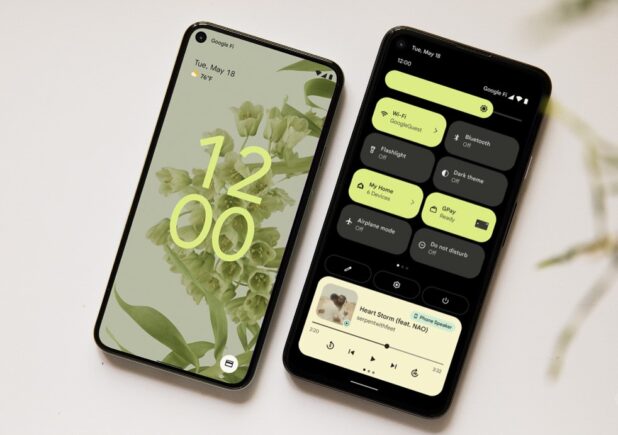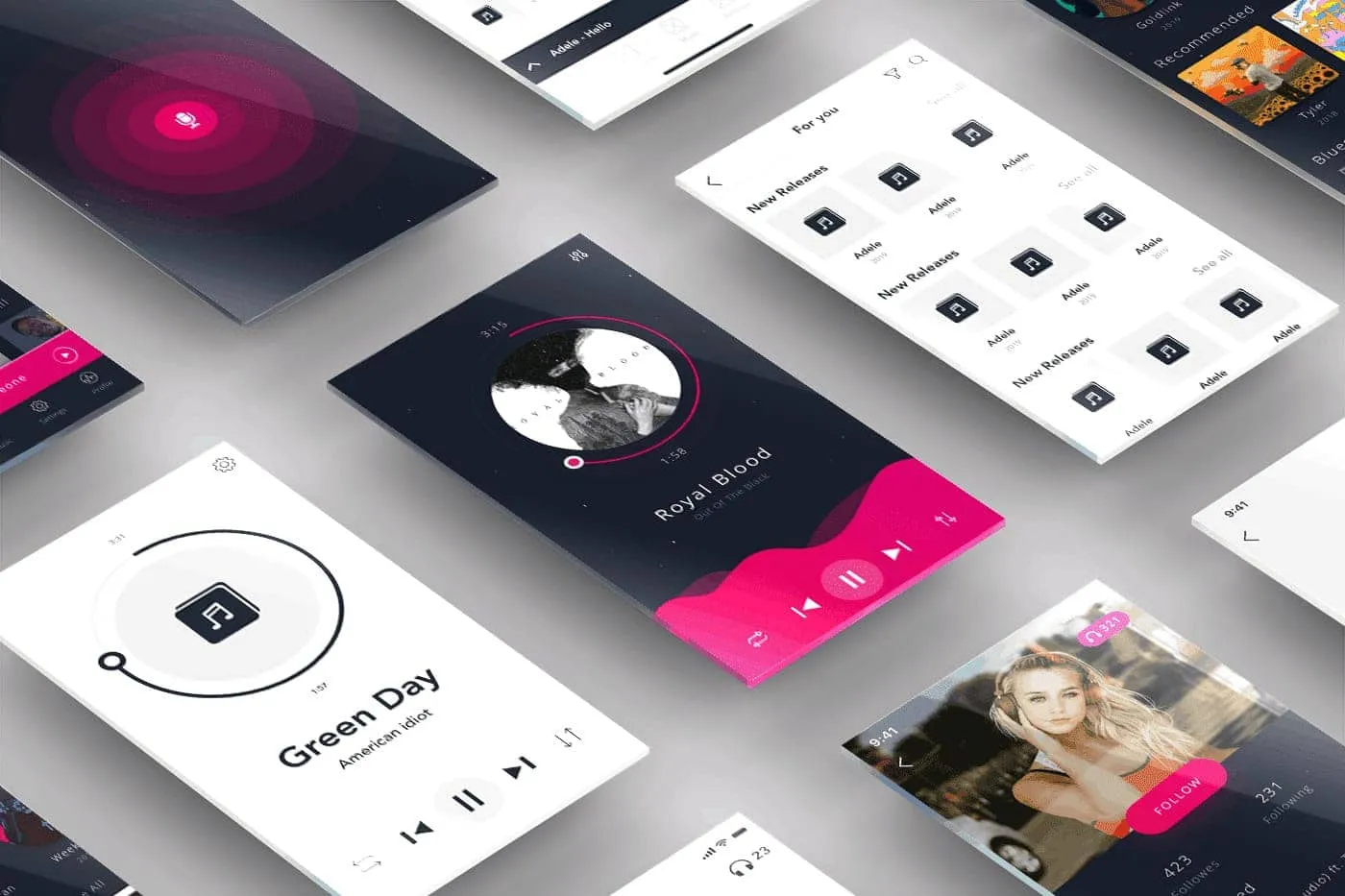In my decade-long experience as a developer and writer, Android app development has consistently stood out as a dynamic and transformative field. It’s where intricate coding meets creative problem-solving, creating a landscape ripe for innovation.
This article aims to guide you through the key aspects of Android app development, highlighting both the technical and creative dimensions of the process.
Table of Contents
Choosing Your Language and Environment
The journey of Android app development begins with the selection of a programming language. Java has been a stalwart in this realm, known for its reliability and robust framework. It’s been the traditional choice for Android for many years, offering a mature ecosystem.
Then, there’s Kotlin – a newer, more modern language that brings a plethora of features like reduced boilerplate code and improved readability. Kotlin’s growing popularity is a testament to its efficiency and developer-friendly attributes.
Android Studio, the official IDE for Android development, is a beacon for developers navigating the app creation process. It’s not just a tool but a companion, offering functionalities like code completion, debugging tools, and an emulator for testing. Android Studio streamlines the development process, making it more intuitive and efficient.
Understanding Android’s Core Concepts

Developing an Android app is like assembling a puzzle, where each piece is a fundamental component like Activities, Services, Intents, and Fragments. Activities act as the entry point for user interaction, akin to a welcoming host. They guide users through the app’s functionality, presenting the UI and responding to user input.
Services, in contrast, are the behind-the-scenes workers. They handle background processes, like playing music or fetching data, without providing a UI. Intents are the messengers, facilitating communication between components, whether within the app or outside it. Fragments are versatile, reusable UI components, essential for creating adaptive designs that work seamlessly on both phones and tablets.
Understanding how these components interact and manage their lifecycle is crucial. It’s about ensuring that your app behaves predictably and efficiently, conserving resources and providing a smooth user experience.
Android, as a leading mobile operating system, offers a robust and flexible platform for developers. Understanding its core concepts is crucial for anyone looking to develop apps efficiently and effectively.
- Android Architecture Overview
- Briefly describe the layered architecture of Android.
- Discuss the Linux Kernel layer and its role in device drivers and security.
- Explain the Libraries and Android Runtime, including core libraries and the Dalvik/ART runtime.
- Highlight the Application Framework, which developers interact with via APIs.
- Mention the Applications layer, where native and third-party apps reside.
- Core Components of Android Apps
- Activities ─ Define ‘Activity’ as the entry point for interacting with the user and explain its lifecycle.
- Services ─ Discuss ‘Services’ for performing long-running operations in the background.
- Broadcast receivers ─ Explain how ‘Broadcast Receivers’ listen for system-wide broadcast events.
- Content providers ─ Describe ‘Content Providers’ as the standard interface for data handling and sharing.
- Understanding Intents and Intent Filters
- Define ‘Intents’ as messaging objects for requesting actions from other app components.
- Explain the use of ‘Intent Filters’ for specifying the types of intents a component can respond to.
- App Lifecycle and the Activity Lifecycle
- Discuss the importance of understanding the app lifecycle for managing app state and resources.
- Detail the activity lifecycle, including the onCreate(), onStart(), onResume(), onPause(), onStop(), and onDestroy() methods.
- Android UI and Layout Management
- Explain how user interfaces are built using XML layouts.
- Discuss the use of Views and ViewGroups for creating UI elements and layouts.
- Introduce the concept of responsive design for different screen sizes and orientations.
- Data Storage Options
- Outline the various data storage options ─ Shared Preferences, Internal and external storage, SQLite Databases, and Content Providers.
- Networking in Android
- Discuss how Android apps can connect to the internet, mentioning HTTP requests, RESTful services, and background tasks.
- Permissions and Security
- Explain the Android permissions model for accessing system features and user data.
- Highlight best practices for ensuring app security and user privacy.
- Android Testing and Debugging
- Introduce the tools and methodologies for testing Android applications.
- Discuss the use of the Android Debugger (ADB) and Logcat for troubleshooting.
Designing the User Interface

The user interface (UI) is the face of your app, the point of interaction with the user. Implementing Google’s Material Design principles is pivotal in creating an interface that’s not only visually appealing but also intuitive and consistent. Material Design uses grid-based layouts, responsive animations, and transitions, along with depth effects such as lighting and shadows, to create a more realistic and interactive user experience.
Designing a responsive UI that adapts to various screen sizes and orientations is another critical aspect. It ensures that your app delivers a consistent experience across all devices, enhancing its accessibility and usability.
Data Management Strategies
Effective data management is the backbone of a functional Android app. Local data storage options like SQLite, a lightweight relational database, are commonly used for their simplicity and effectiveness. Room, an abstraction layer over SQLite, offers a more modern, user-friendly approach, simplifying database operations.
Cloud integration is another facet of data management. It enables data syncing across different devices, providing users with a seamless experience. Leveraging cloud services not only enhances data accessibility but also ensures data integrity and security.
API Integration and External Services
Incorporating external APIs extends the functionality of your app, allowing it to interact with other apps and services. This could range from integrating map services for location-based features to incorporating social media platforms for enhanced user engagement. Effective API integration can transform a simple app into a powerful tool, offering diverse functionalities and improving user engagement.
Testing and Debugging ─ Ensuring App Quality

Testing is an integral part of Android app development. It involves a mix of automated and manual testing to ensure that the app functions correctly across different devices and use cases. Regular testing not only helps in identifying bugs but also in assessing the app’s usability and performance.
Debugging is equally crucial. Android Studio provides an array of debugging tools that help in identifying and fixing issues swiftly. Effective debugging is about understanding the root cause of an issue and addressing it in a way that enhances the overall stability and performance of the app.
Launching Your App in the Market
Publishing your app on the Google Play Store is the culmination of your development journey. However, it involves more than just uploading the app. It requires careful optimization of the app’s metadata, including its title, description, and visuals, to enhance its visibility and appeal to potential users.
The submission process also involves adhering to Google’s guidelines and standards, ensuring your app meets the necessary quality and security benchmarks.
The Role of an App Development Company
At this stage, the expertise of an app development company can be invaluable. Such a company brings a wealth of experience and resources, assisting not only in the development process but also in strategizing for market launch and user acquisition. An experienced android app development company can provide insights into user behavior, market trends, and optimization strategies that are essential for the success of your app.
Android app development is a blend of technical proficiency and creative vision. It’s a field that offers immense opportunities for growth and innovation. Whether you’re a beginner or an experienced developer, there’s always something new to learn and explore in this ever-evolving domain. Embrace the challenges, stay updated with the latest trends, and you’ll find that developing Android apps is not just about coding, but about creating experiences that resonate with users and stand the test of time.
 World Magazine 2024
World Magazine 2024





